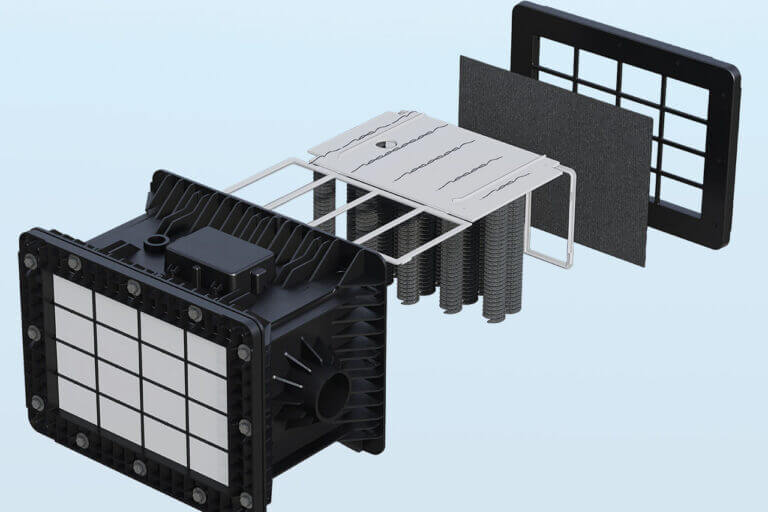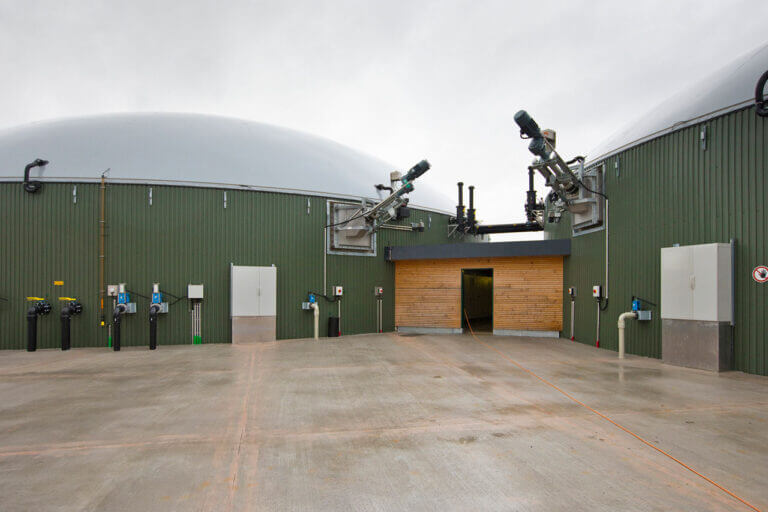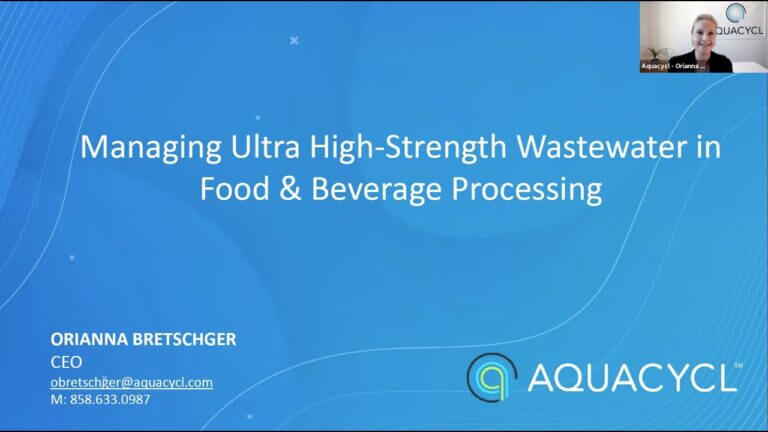Water and climate are inextricably linked. We see the effects of climate change showing up largely through water, with either too much (floods, hurricanes, monsoons) or too little (drought, aridification, wildfires). These events will challenge overburdened infrastructure and water supply and treatment. Just look at the Colorado River Basin, where Lake Mead and Powell are at levels never seen before and power supply for millions of people is at risk if the levels continue to fall, or in China and Europe where record heat waves are creating supply disruptions, power shortages, agricultural losses and water rationing.
On the other side of the coin, water and wastewater utilities account for 4% of global greenhouse gas (GHG) emissions, of which 70% is caused by wastewater treatment. And this doesn’t even consider the 80% of wastewater that is released to the environment without treatment. As we close the gap on sanitation using conventional methods, it will mean an estimated increase in 10% of GHG emissions by the sector. All this, while we must reduce GHG emissions by 45% in 2030 relative to 2005 and achieve net-zero by 2050.
Corporations have an important role to play in addressing both climate and water, as they are large users and emitters. Most large companies have realized the importance of both water and GHG reduction on their core business and are taking steps to improve environmental performance. Over 1,000 companies have set out plans for achieving net zero GHG emissions, including many that are setting plans for Scope 3 emissions (those associated with product use and supply chain). The leaders in this area are incorporating it into all aspects of business strategy, recognizing that without a healthy environment, they won’t have a healthy business.
The challenge that CEOs face is not in setting targets, but in achieving them. According to a recent article in Harvard Business Review based on a survey of over 400 C-level executives, 59% don’t have a firm grasp on the financial risks and opportunity posed by climate, and 54% have not integrated ESG factors into capital allocation decisions.
Additionally, wastewater is never included at the C-suite discussions on climate, and the untapped value that wastewater holds has been overlooked in most companies’ environmental, social and governance (ESG) plans. Wastewater has enough energy potential that its treatment can be carbon-neutral, but most companies haven’t invested in the technology to harness this, and are instead discharging their waste to the downstream utility, landfilling or incinerating the sludge. All of which have environmental consequences, including methane production as the wastewater breaks down, high CO2 emissions to treat it conventionally and decreased water quality if untreated.
Onsite, distributed treatment, for industrial companies provides a way to tap into this value by removing the bulk of organic material. This can mitigate up to 90% of GHG emissions at the downstream utility; and by treating at the point source, the water can be reused onsite for applications that require lower-quality water (such as cooling towers, boilers and washing). The benefits of onsite treatment include reduced demand for freshwater, which can alleviate water scarcity. Onsite treatment reduces the energy requirements to transport and treat and enables higher quality water for discharge. It also contributes to risk reduction in scenarios such as discharge permit reductions, limitations on water use or negative public perception related to water use and discharges.
In the longer term, these benefits extend to increased resilience and adaptation. As climate change intensifies extreme weather events, water infrastructure will not be able to reliably provide water and sanitation services. We have seen hurricanes destroying wastewater treatment plants, disrupted power grids interfering with water supply, and mass migrations and refugee camps demanding access to infrastructure that doesn’t exist. A decentralized, off-sewer and off-energy grid option helps to provide resilience to quickly respond to events that challenge or damage our existing infrastructure.
While wastewater is always complex, and almost never a one-size fits all approach, we need to rethink its contribution to a healthy watershed, GHG emissions and resilience. Rather than viewing it as a problem to be managed, we need to view it as a solution to some of our biggest environmental and humanitarian challenges. This requires a willingness to adopt new technologies for monitoring and treatment. Some will likely fail, but the immediate action required to solve these problems justify the risk.
Wastewater alone won’t solve the challenges ahead of us, but it provides one way to simultaneously reduce water and energy dependency. CEOs, investors and local governments need to understand and take action to treat wastewater as a valuable resource and a way to help achieve our water and climate goals.











